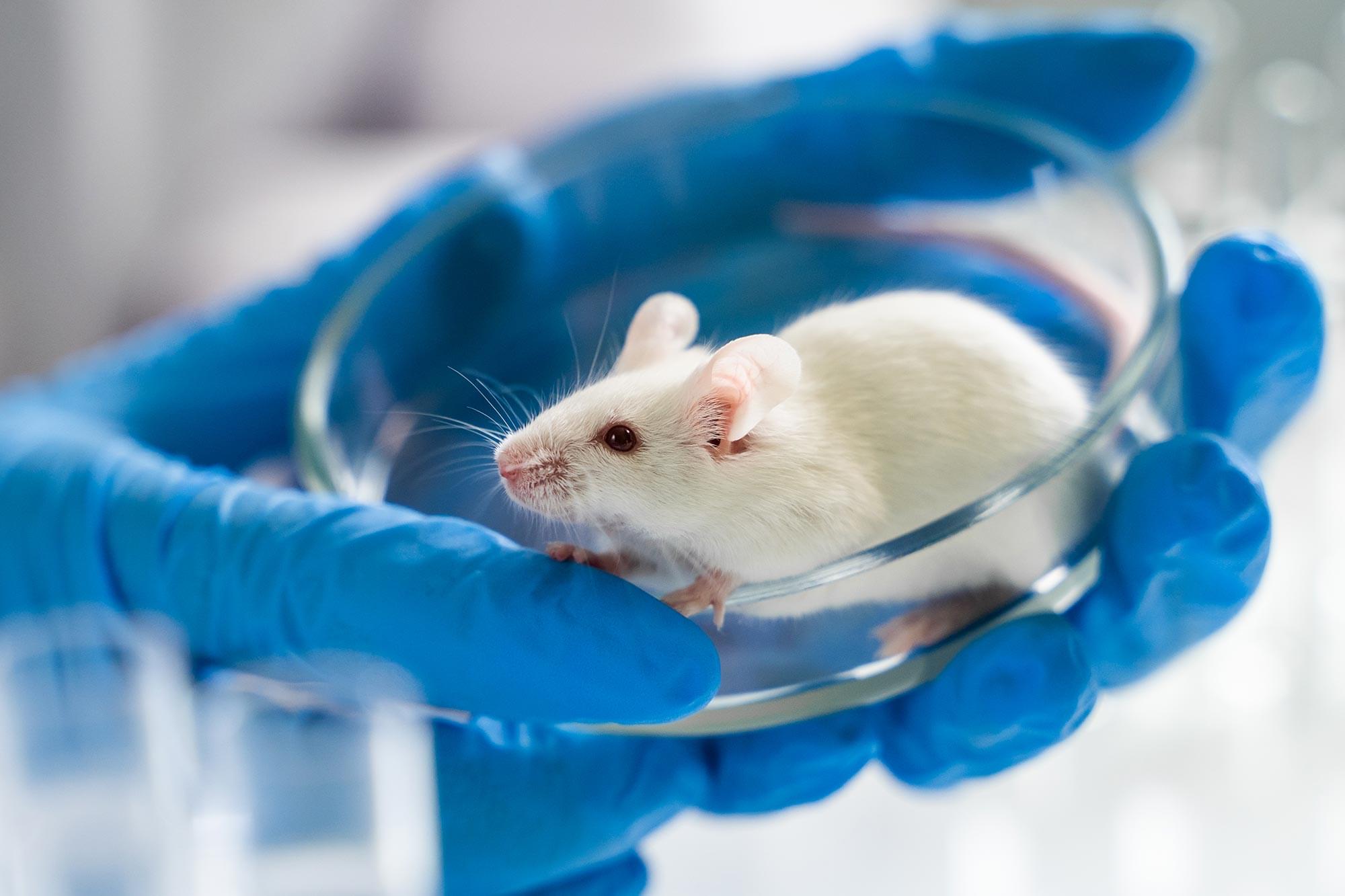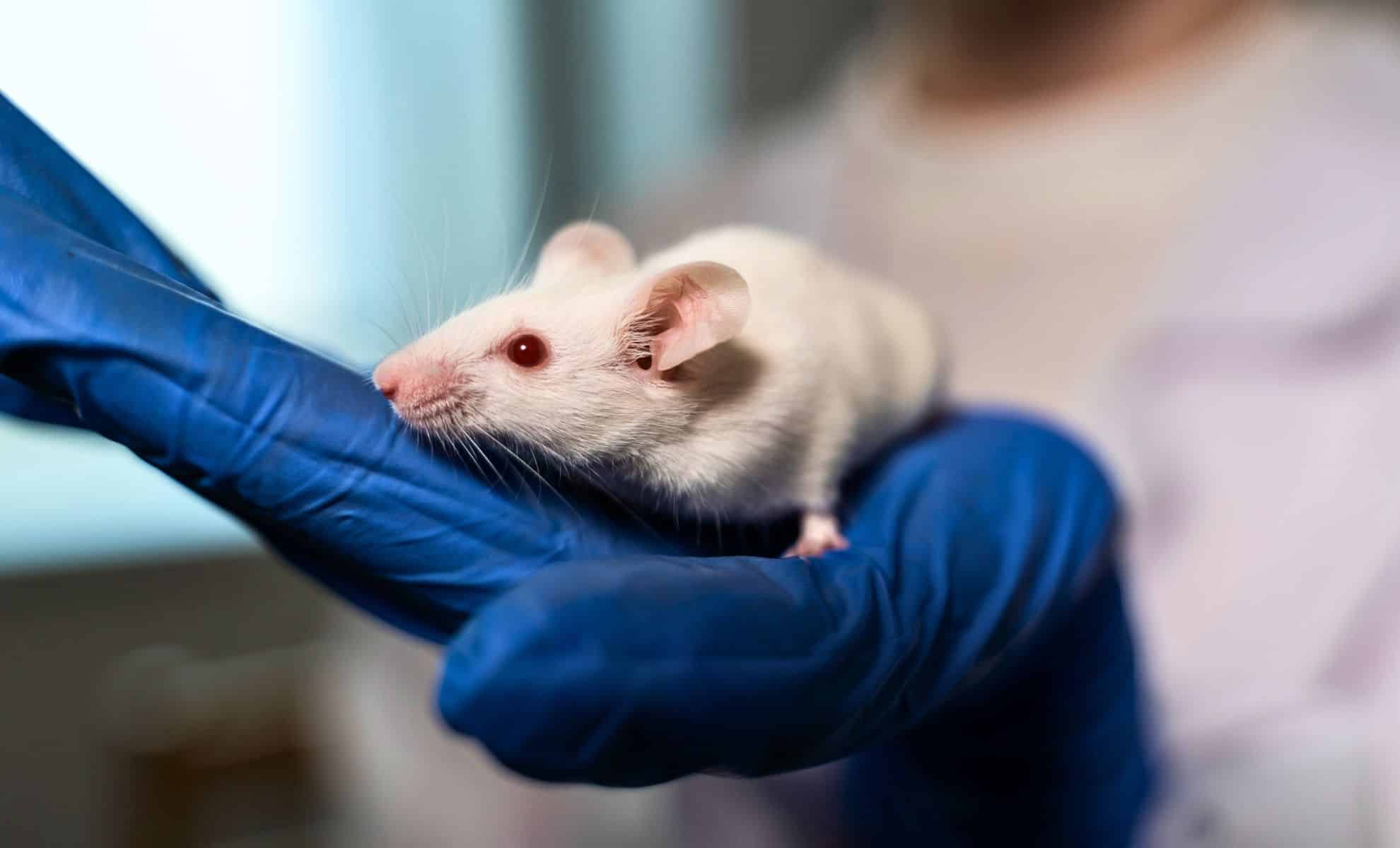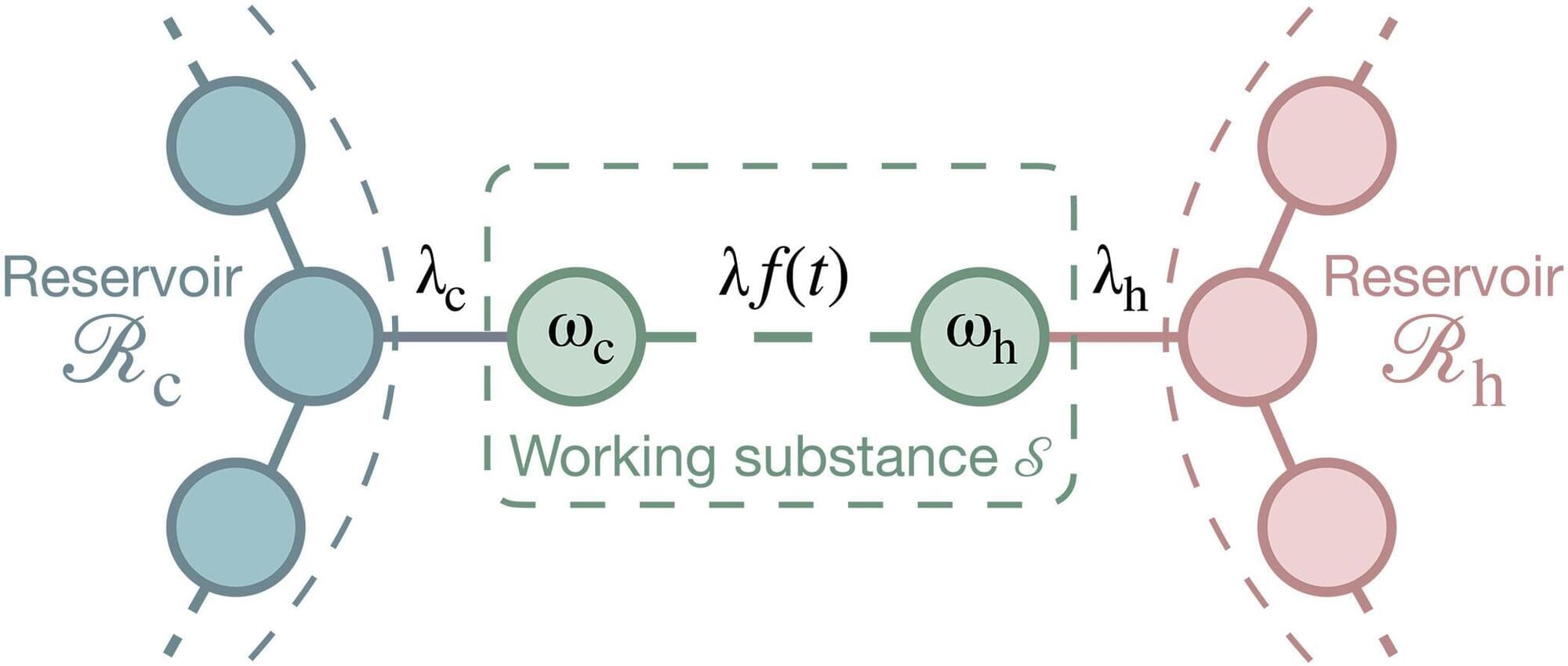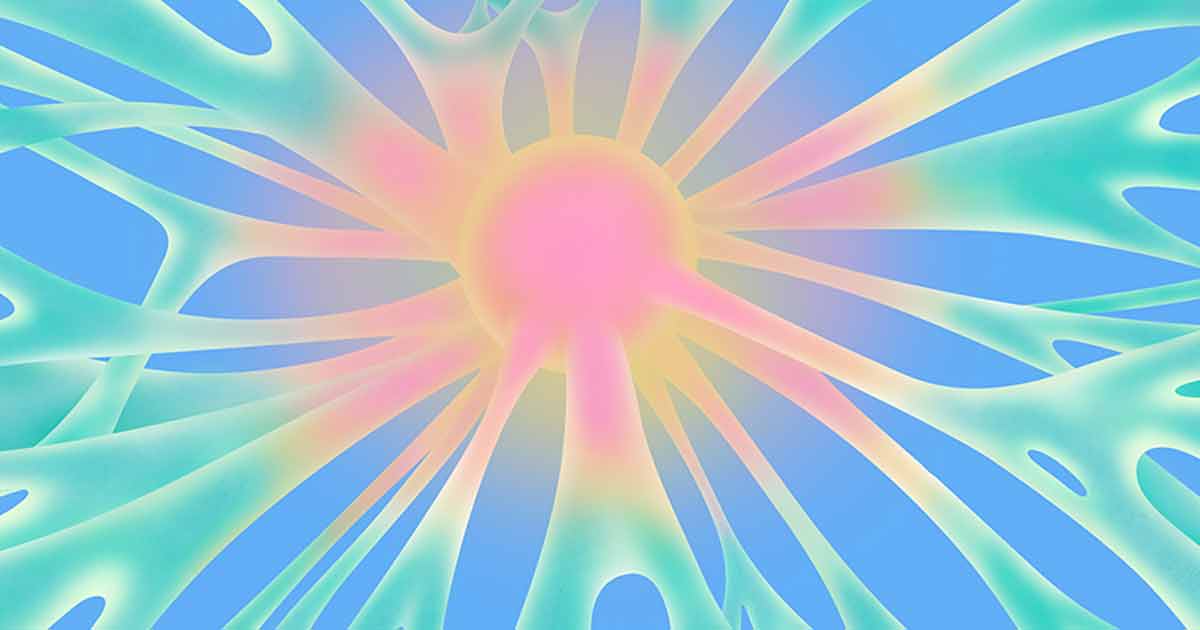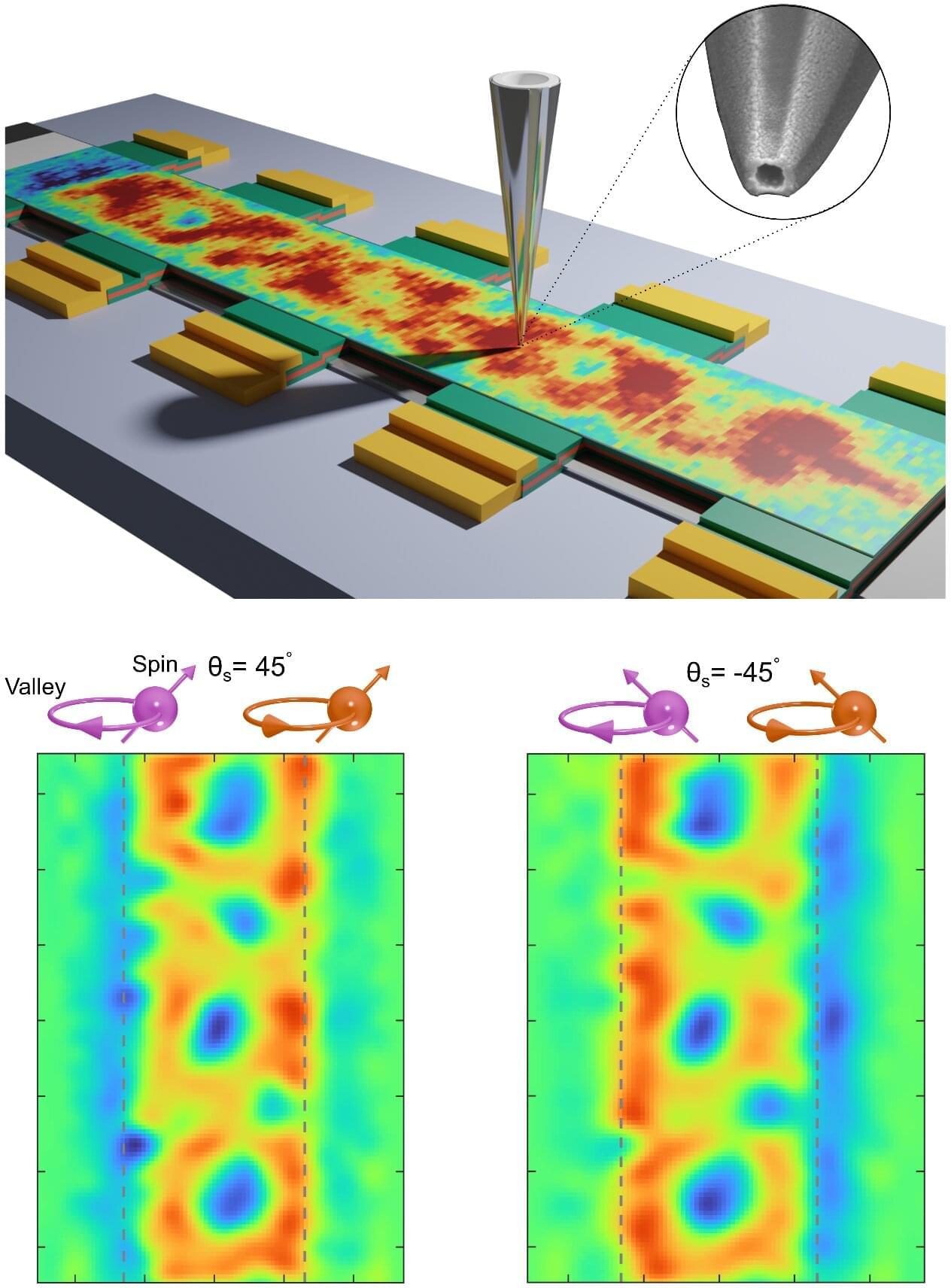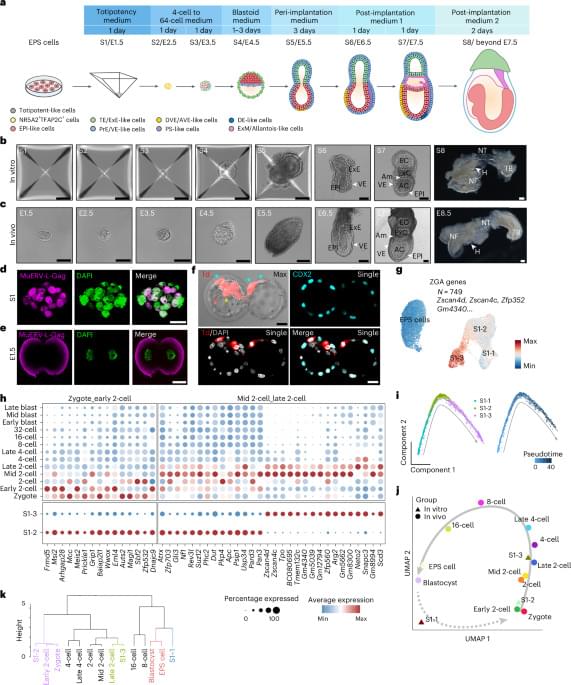Join Adam Perella and I at the Schellman AI Summit on November 18th, 2025 at Schellman HQ in Tampa Florida.
Your AI doesn’t just use data; it consumes it like a hungry teenager at a buffet.
This creates a problem when the same AI system operating across multiple regulatory jurisdictions is subject to conflicting legal requirements. Imagine your organization trains your AI in California, deploys it in Dublin, and serves users globally.
This means that you operate in multiple jurisdictions, each demanding different regulatory requirements from your organization.
Welcome to the fragmentation of cross-border AI governance, where over 1,000 state AI bills introduced in 2025 meet the EU’s comprehensive regulatory framework, creating headaches for businesses operating internationally.
As compliance and attestation leaders, we’re well-positioned to offer advice on how to face this challenge as you establish your AI governance roadmap.
Cross-border AI accountability isn’t going away; it’s only accelerating. The companies that thrive will be those that treat regulatory complexity as a competitive advantage, not a compliance burden.
